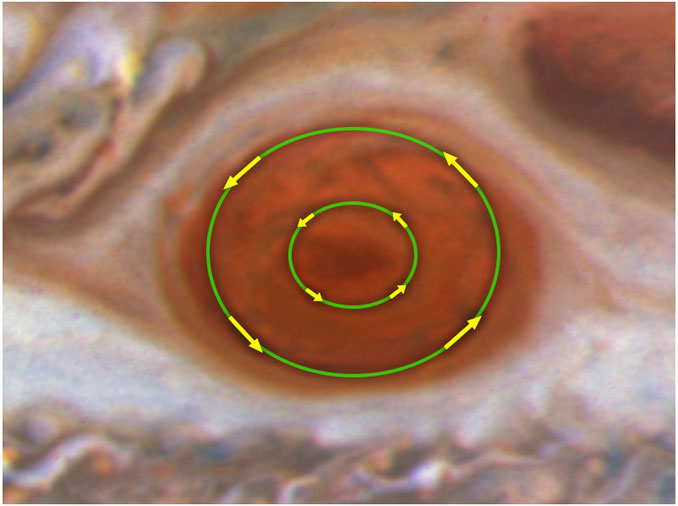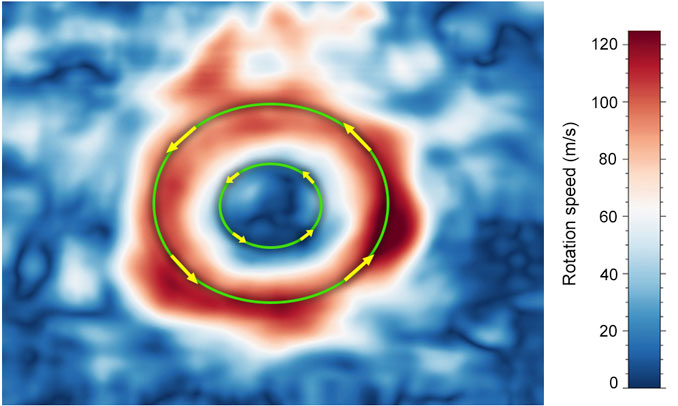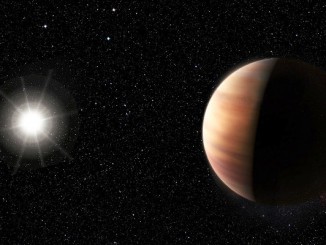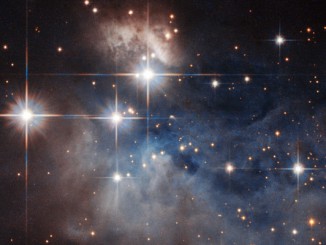
Add one more mystery to the list of questions about the nature of Jupiter’s Great Red Spot, the solar system’s largest, most persistent and slowly shrinking storm.
Using the Hubble Space Telescope to provide periodic “storm reports,” researchers found the average speed of the wind just inside the boundaries of the GRS increased by up to 8 percent between 2009 and 2020, reaching speeds of about 640 kilometres per hour (400 miles per hour). Winds near the storm’s innermost regions are moving much more slowly.
“When I initially saw the results, I asked ‘Does this make sense?’ No one has ever seen this before,” said Michael Wong of the University of California, Berkeley, lead author of a report in Geophysical Research Letters
The increase is far from extreme, amounting to less than 2.6 kph (1.6 mph) per Earth year. But it’s enough to indicate a trend.
“Since we don’t have a storm chaser plane at Jupiter, we can’t continuously measure the winds on site,” said Amy Simon of NASA’s Goddard Space Flight Center. “Hubble is the only telescope that has the kind of temporal coverage and spatial resolution that can capture Jupiter’s winds in this detail.
“We’re talking about such a small change that if you didn’t have eleven years of Hubble data, we wouldn’t know it happened. With Hubble, we have the precision we need to spot a trend.”

Astronomers have been studying the Great Red Spot since the 1870s. It currently measures about 16,100 kilometres (10,000 miles) across, large enough to swallow up the Earth with room to spare. But it has been shrinking over the past century, becoming more circular than oval.
What might be driving the strengthening winds in the outer reaches of the storm is not known, but “it’s an interesting piece of data,” Wong said, “that can help us understand what’s fueling the Great Red Spot and how it’s maintaining energy.”



